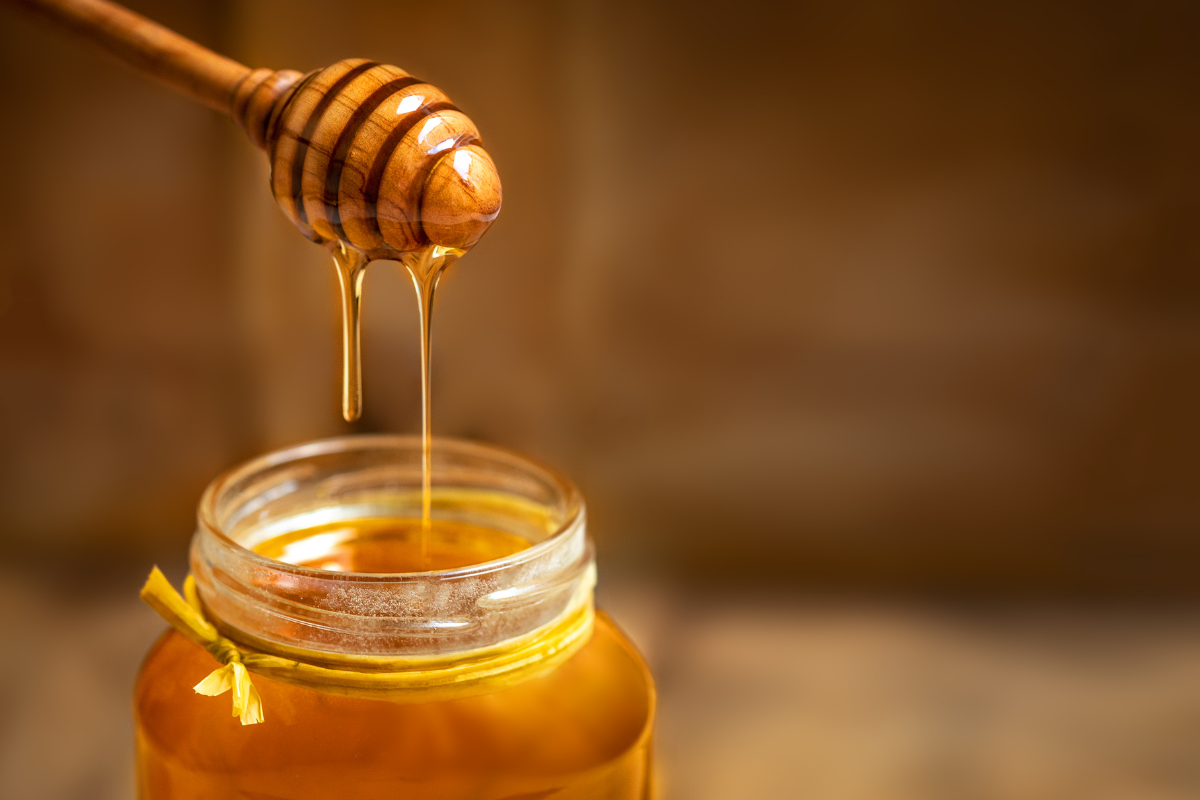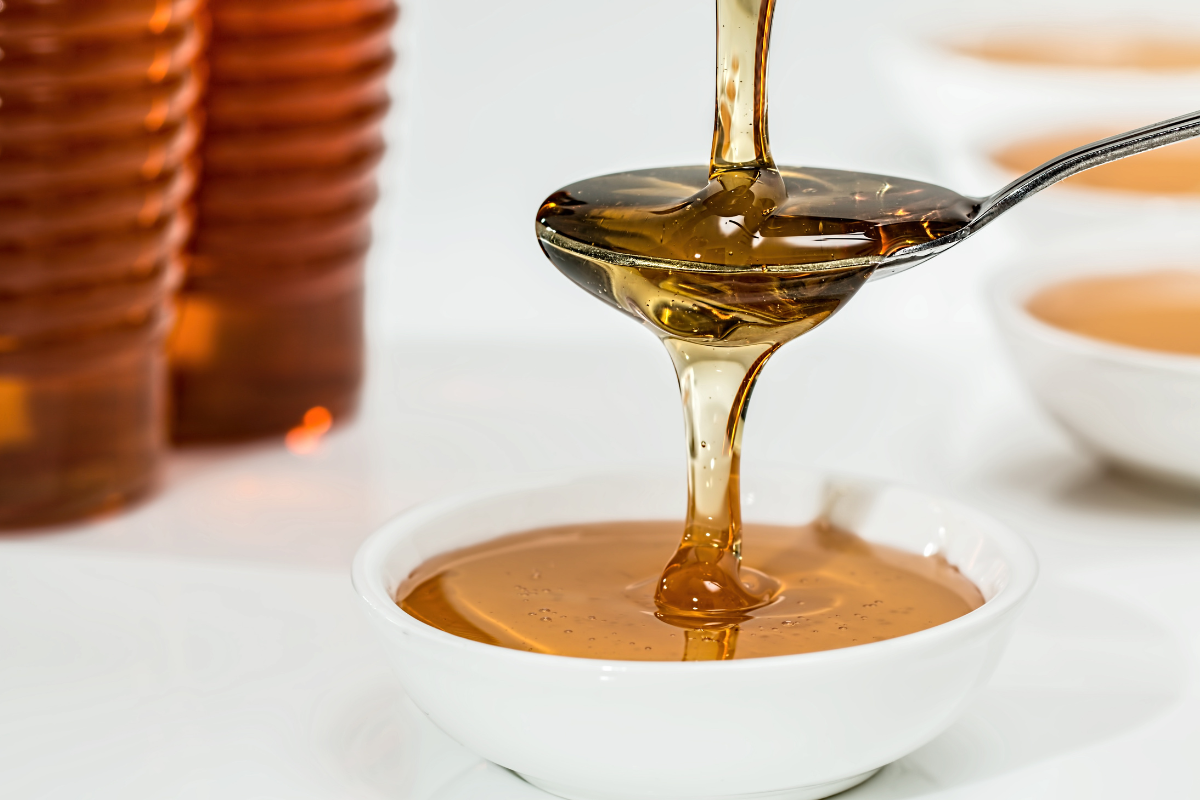How can you tell the difference between good and bad honey?
Honey is a sweet and delicious natural food product that has been enjoyed by humans for centuries. Not only is it a tasty addition to many dishes and drinks, but it also has numerous health benefits. However, with so many different types of honey available on the market, it can be challenging to know how to choose the best one. In this ultimate guide to choosing the best honey, we'll explore the various factors to consider when selecting honey and provide tips on how to determine the quality of the product.

Where to Find the Best Honey
One of the essential factors to consider when choosing honey is where it comes from. While it's possible to find honey in supermarkets and grocery stores, the best honey often comes from small and medium-sized beekeepers. These beekeepers may produce honey on a smaller scale, but they can often provide higher quality and more natural products.
In addition, by supporting local beekeepers you keep money flowing in your local economy. You also reduce the carbon footprint associated with shipping honey from other regions.
Healthiest Types of Honey
When it comes to choosing the healthiest type of honey, there are several factors to consider. One of the most important is whether the honey is raw or processed. Raw honey is unfiltered and unpasteurized, which means that it retains more of its natural nutrients and enzymes. Processed honey, on the other hand, is often heated and filtered, which can remove some of the beneficial compounds.
Judging the Quality of Honey
When choosing honey, it's important to be able to judge its quality to ensure that you're getting a good product. There are several factors to consider when assessing honey's quality, including its color, aroma, and taste.
-
Color: Honey comes in a range of colors, from the faintest yellow to amber to dark brown. In general, lighter honey tends to be milder in flavor, while darker honey can have a stronger taste. However, the color of honey can also be influenced by other factors, such as the type of flowers that the bees feed on.
-
Aroma: The aroma of honey can also provide clues about its quality. High-quality honey often has a distinct floral scent that is reminiscent of the flowers that the bees have fed on. If honey has a strong, unpleasant odor, it may indicate that it has spoiled or fermented.
-
Taste: Finally, the taste of honey is perhaps the most critical factor to consider when judging its quality. High-quality honey should have a smooth, sweet taste with a subtle floral undertone. If honey tastes overly sweet or has a harsh aftertaste, it may not be of the best quality.

Detecting Fake Honey
Unfortunately, not all honey on the market is authentic. Some products may be adulterated with additives or sweeteners, while others may not even contain honey at all. Here are some tips to help you detect fake honey:
-
Read the Label: Look for honey that contains only one ingredient: honey. Avoid products that contain additives or other sweeteners, such as high fructose corn syrup.
-
Conduct a Spoon Test: Dip a spoon into the honey and hold it up to the light. If the honey drips off the spoon quickly, it may be watered down or contain additives. Authentic honey should be thick and slow to drip.
-
Conduct a Flame Test: Dip a cotton swab into the honey and then hold it over a lit match or lighter. If the honey ignites easily and burns quickly, it may contain additives or be watered down. Authentic honey should burn slowly and not ignite easily.
-
Conduct a Water Test: Mix a tablespoon of honey with water. Pure honey will settle to the bottom of the container, while fake honey may dissolve or form bubbles.
-
Check for Crystallization: Authentic honey will eventually crystallize over time, forming a thick, grainy texture. If honey remains liquid forever, it may be fake or processed.
The Best Honey in the World
Honey is produced all over the world, with different regions and countries known for their unique varieties. While it's impossible to determine the best honey in the world definitively, there are several types of honey that are highly sought after and prized for their flavor and quality.
Manuka honey, produced in New Zealand, is known for its antibacterial properties and is often used to treat wounds and infections. Acacia honey, produced in Europe, has a light color and delicate flavor that makes it an excellent addition to tea or toast. Buckwheat honey, produced in the United States and Canada, has a dark color and bold flavor that pairs well with savory dishes.

Choosing the best honey involves considering several factors, including where the honey comes from, whether it is raw or processed, and its quality. By following these guidelines, you can be confident that you are choosing a high-quality and authentic product that provides both delicious flavor and numerous health benefits. When purchasing honey, be sure to support local beekeepers and choose products that are organic and free from additives. With a little bit of knowledge and effort, you can enjoy the sweet taste of honey and support a sustainable and healthy food system.

good page
Hi. I bought some honey from a local farmer. But the honey literally has the consistency of thin syrup. Is this normal?